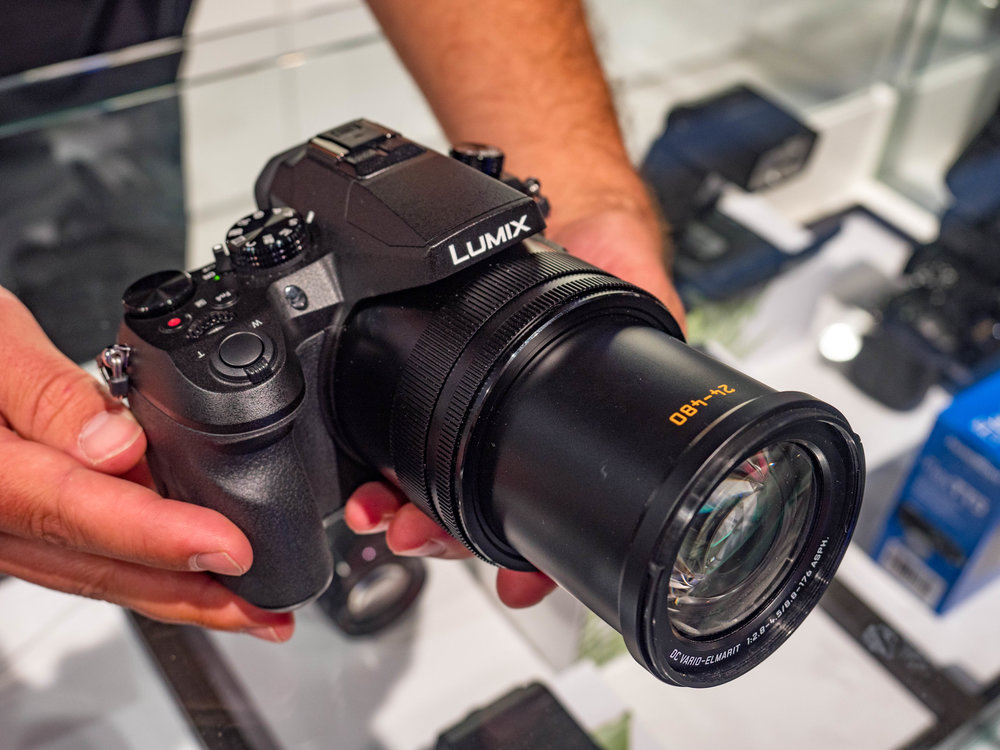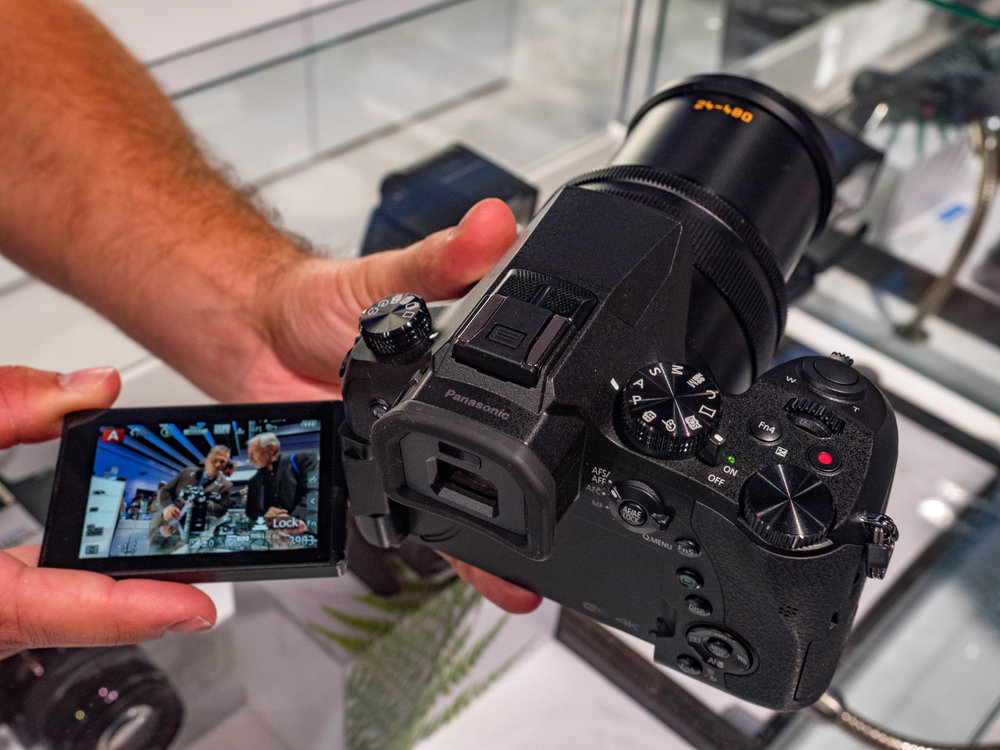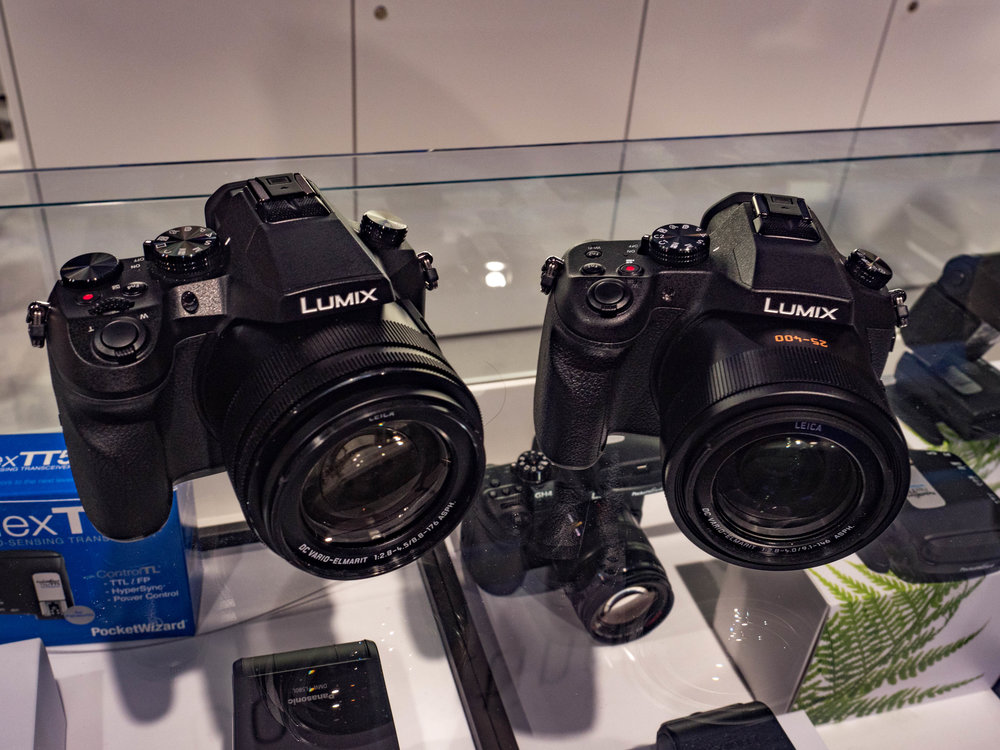
Panasonic has introduced the FZ2000 as a parallel model to the FZ1000 which is also sold in a modified version by Leica as the V-Lux. Changes appear to be relatively minor, though the price increase is not. At Photokina last week I asked a Panasonic staffer if we would soon see a Leica V-Lux. He remained tight lipped but had a twinkle in his eye. I could be misinterpreting the signals but I think it would be a logical step for Leica to take the new 2000 as the basis for a V-Lux upgrade.
One thing is for sure, Leica V-Lux buyers who realise the Panasonic heritage could feel shortchanged with the more expensive Leica which is now inferior to the new flagship FZ2000.

How do the two cameras differ? The most obvious change is in the Leica DC Vario-Elmarit lens, now boasting a massive zoom range of 24-480mm (full-frame equivalence) at f/2.8-4.5 compared with the 1000’s (and V-Lux’s) 25-400 at f/2.8-4. That’s a 20 percent longer reach although you might not notice the 1mm at the wide end. V-Lux and FZ1000 users take full advantage of the long zoom, indeed it is this camera’s raison d’être, so that 20 percent boost will be compelling.
Both cameras share the same one-inch 20MP sensor which, while being larger than in most other bridge cameras, is still small enough to enable that massive zoom to be kept relatively compact and usable. I know from past experience that the V-Lux feels smaller in the hands than you would think from looking at photographs.
The new camera lens features a coreless DC motor for quiet, ultra-smooth zoom operation. The internal zoom feature means that once powered on, the lens doesn’t extend further.

One of the most impressive advances in the FZ2000 is in video and its relevance to serious film makers. 4K video is available in both DCI and UHD resolutions. Despite the fixed lens, the camera has two built-in ND filters, a feature usually reserved for dedicated video and cinema cameras. This enables wide apertures to be used in very bright conditions to achieve the shallowest possible depth of field.
Despite the similarity in appearance between the two cameras there is a substantial price difference. The existing FZ1000 is now selling for around £570 (the similar Leica V-Lux sells for £799) while the FZ2000 will launch at £1,099. Even with a bit of the usual post-launch price pruning, the differential is significant.
Will we see a V-Lux based on the FZ2000? I suspect we will, but we will have to wait and see as usual. I dread to think of the price, though.
______________
- Subscribe to Macfilos for free updates on articles as they are published. Read more here
- Want to make a comment on this article but having problems? Please read this

My first generation V-Lux has proved a great little workhorse alongside by big D1s. I do hope they keep developing the Panasonic base for the Leica bridge range.
This looks set to knock Sony’s RX10 into a cocked hat! And unless there is a significant colour processing difference between the Panasonic and a coming Leica, there can’t really be any justification for paying a lot more. The Internal zoom is a real plus and what I am used to with my – still impressive! – V-lux 1 !
Ah I had t realised they the V-Lux 1 had internal zooming. But I agree, the FZ2000 does look like a useful bit of kit.